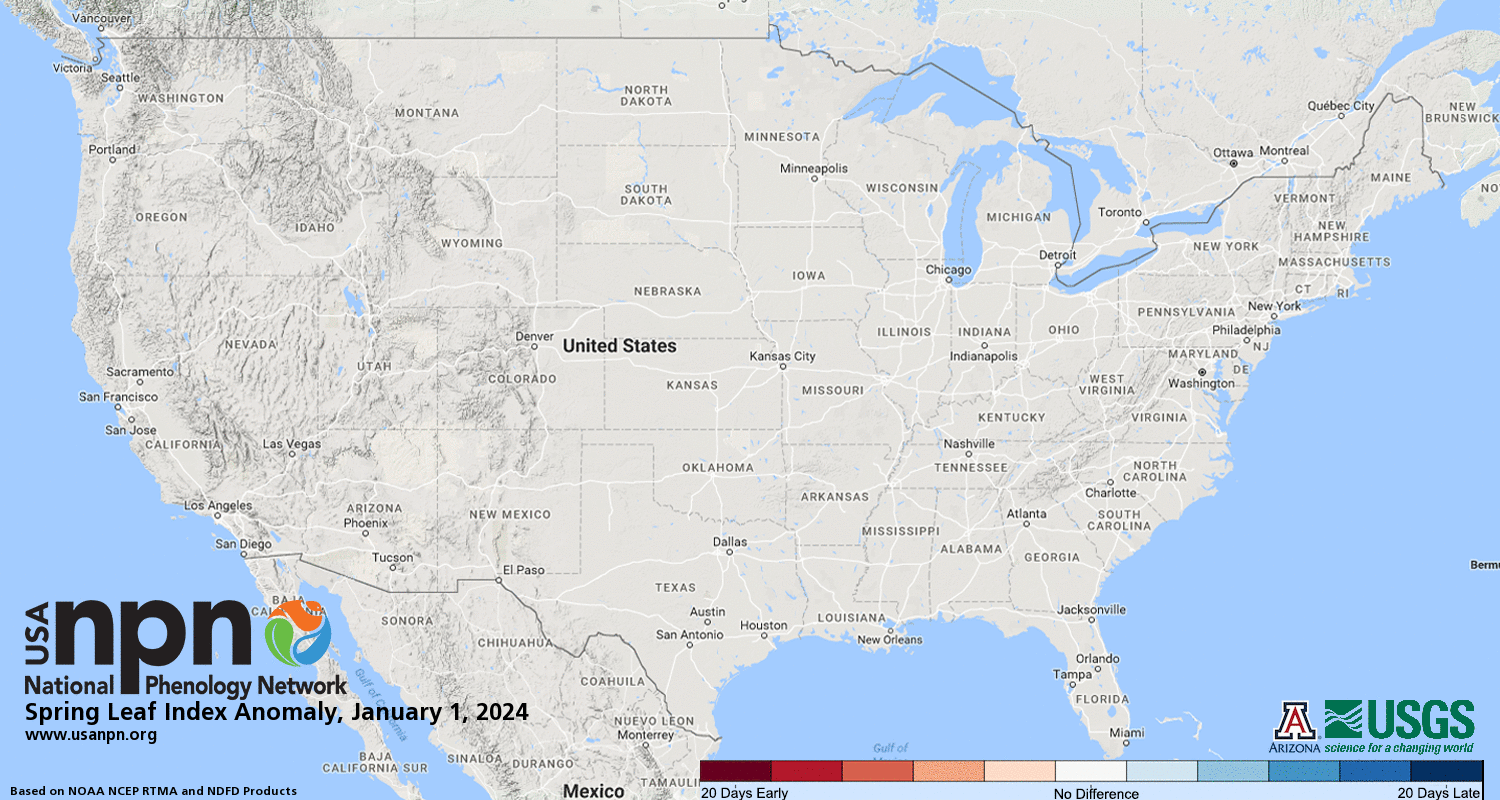By Gracelyn Skilling ‘26
Spring is set to arrive on March 19. Yet, a week prior and it already seems to have begun–flowers are popping up, buds are growing on trees, and jackets are being shed. If this seems early to you, you’re not mistaken. This year, spring growth arrived up to twenty days earlier than usual in the midwest, following a winter in which 200 locations experienced a record-warm winter. What’s going on?
Climate change
It’s no secret that global warming is the driving force behind the trend of steadily warmer and shorter winters. Greenhouse gasses released into our atmosphere build up over time and behave like a blanket, trapping heat from the sun within the atmosphere and warming the climate. This can prove disastrous for the environment, as the natural world becomes tipped out of balance by rising temperatures. Plants signaled to emerge too early due to the warm weather could jeopardize their development, as a sudden cold spout could wipe out the initial sprouts. The pollination schedule of plants also risks being thrown off when plants begin sprouting before insects are ready to pollinate.
El Niño
El Niño, and its counterpart, La Niña, are climate patterns that influence global weather patterns. El Niño occurs when Pacific winds shift from their regular pattern and blow warm water built up along the equator to the east. This year has seen a particularly strong El Niño phenomenon, warming the northern climate to above-average temperatures.
Astronomical Spring
Although irrelevant to the climate, it’s worth noting that astronomical Spring is one day earlier than usual this year. The beginning of astronomical Spring is marked by the vernal equinox, which occurs on March 19, 20, or 21 every year. The last time the vernal equinox took place on March 19 was in 2020, and before that in 1986.
Image credit: USANPN



